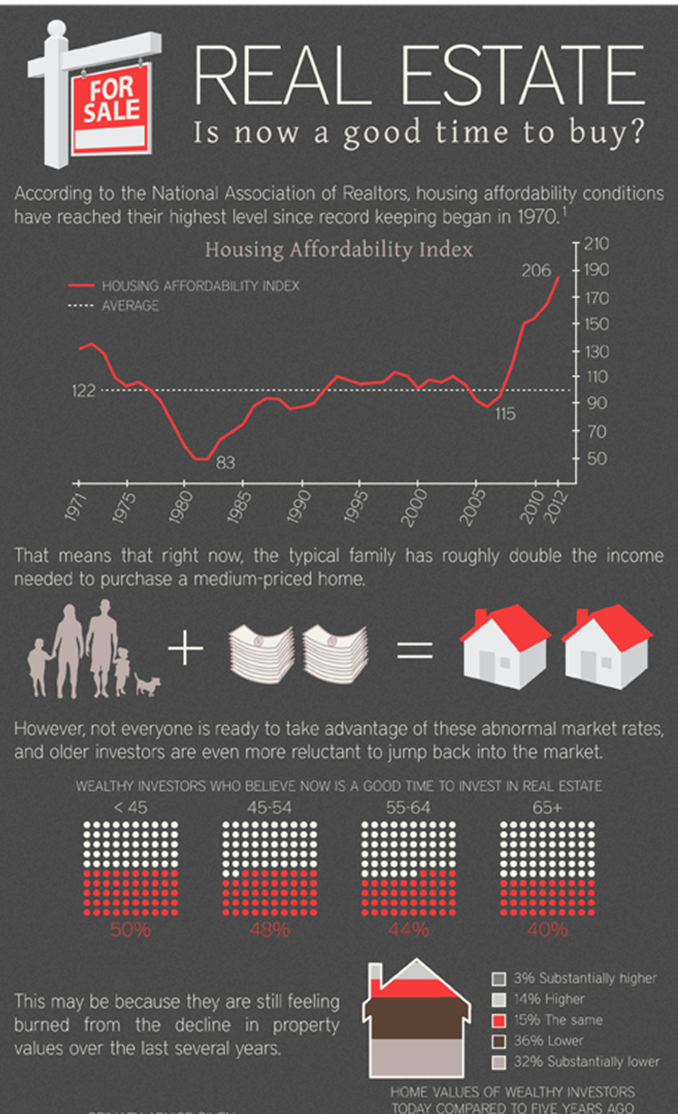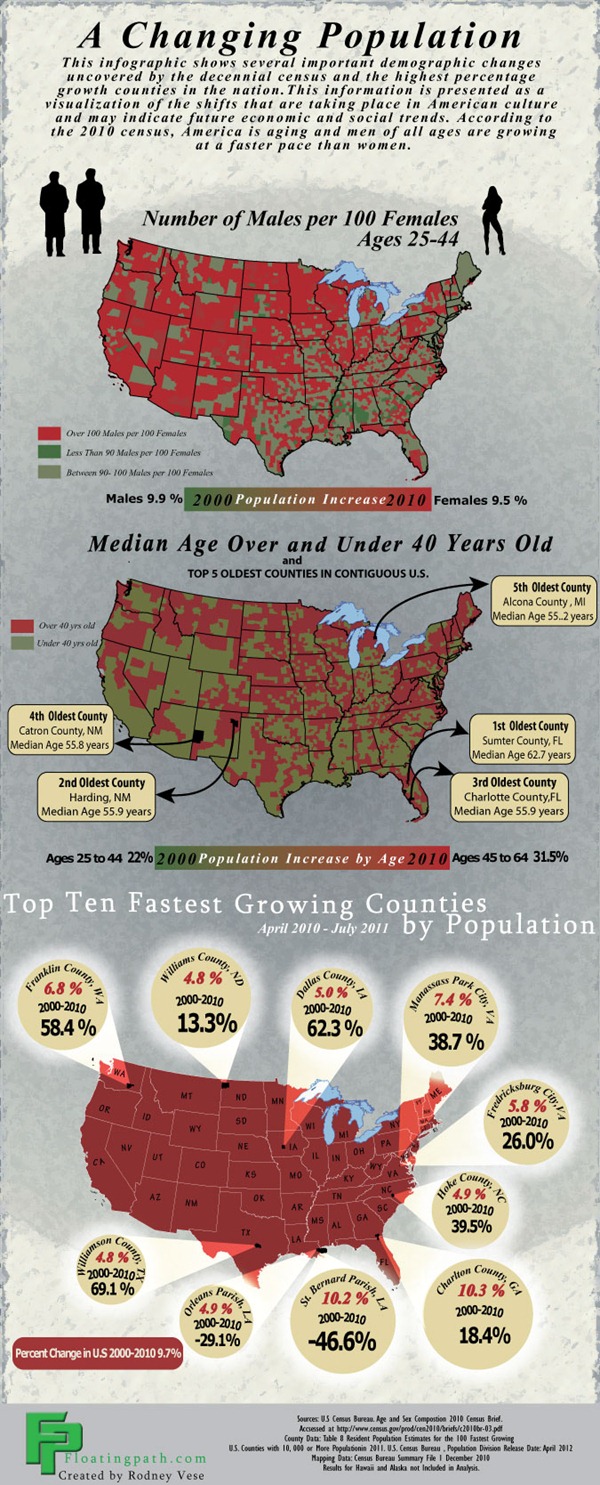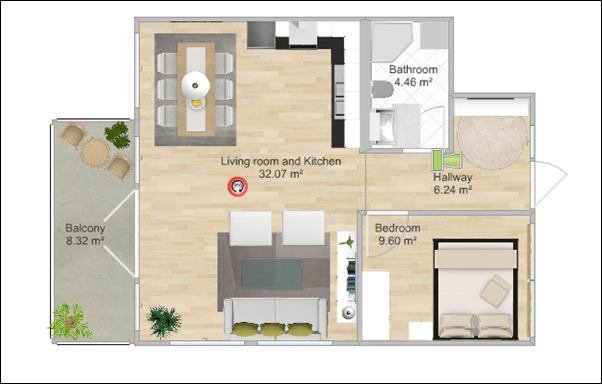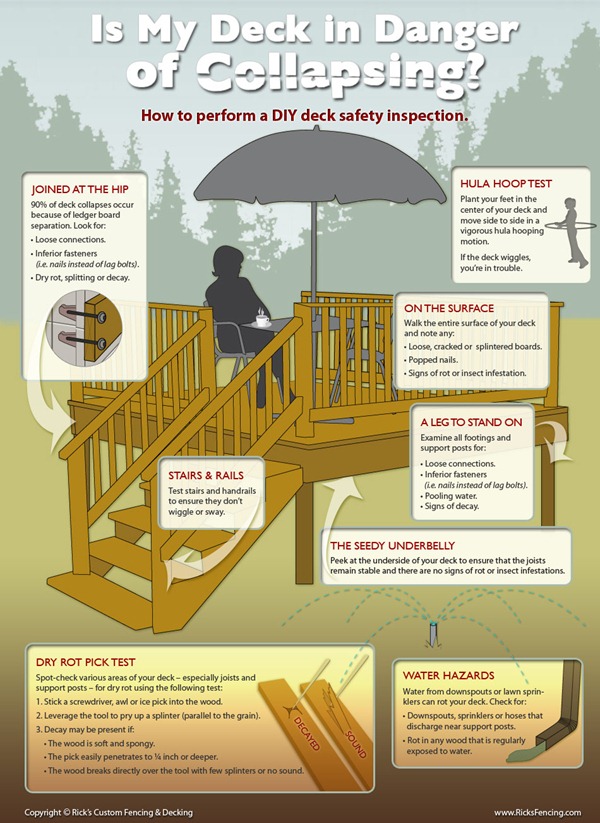 With the recession technically over, many questions have circulated about the future of housing and whether the concept of homeownership will forever be changed in the United States. Well-known psychotherapist, Dr. Robi Ludwig partnered with Coldwell Banker Real Estate to explore the feelings Americans have on the value of the home and homeownership now, compared to before the economic downturn.
With the recession technically over, many questions have circulated about the future of housing and whether the concept of homeownership will forever be changed in the United States. Well-known psychotherapist, Dr. Robi Ludwig partnered with Coldwell Banker Real Estate to explore the feelings Americans have on the value of the home and homeownership now, compared to before the economic downturn.
The Psychology of the Home Post-Recession
“After any major fallout like a financial downturn, it’s natural to examine and sometimes alter the way we think about fundamental issues in our lives,” said Dr. Robi Ludwig “So it makes sense that this survey shows we are re-thinking what passed for conventional wisdom during the ‘boom years’. Instead of taking things for granted, people are protective of their jobs, homes and futures,” she explained. “And now that we’re picking up the pieces, we’re seeing a psychological shift. Instead of looking at homes through the eyes of an economist, we’re realizing that a home doesn’t solely equate to financial return or measure only to a mortgage amount. Instead the home is the emotional center of our lives, and it remains a critical component of who we are.”
• A majority of U.S. adults (79 percent) indicate the recession has caused society to rethink the concept of homeownership.
• In fact, 84 percent of U.S. adults agree more people took owning a home for granted before the recession, and nearly three-quarters (72 percent) said they feel like Americans have a greater respect for it now than they did before the recession.
• Seventy-five (75) percent of U.S. adults agree that due to changes in the housing market and/or economy there has been an overemphasis on the financial value of a home rather than the emotional value of a home.
How the Recession Has Caused Americans to Re-examine the Value of Their Home
“There’s no doubt that housing has been in the eye of the economic storm,” said Jim Gillespie, chief executive officer, Coldwell Banker Real Estate LLC. “However, our work with Dr. Ludwig underscores that Americans remain bullish on homeownership and have not forgotten the inherent, emotional reasons that make our homes precious to us – in tough times or not. People are simply and rightly being more mindful about what they need and what they can afford, and are more carefully considering when to become homeowners.”
The survey strongly indicates that people are re-evaluating their needs vs. wants when purchasing a home. Ninety (90) percent of U.S. adults agree that some people purchased more expensive homes than they should have before the recession. Meanwhile, 86 percent of Americans agreed that people are more closely evaluating how much home they can truly afford now, compared to before the recession.
Home Renting vs. Buying a Home: It’s Far More than a Financial Decision
“Renting offers many people a suitable temporary solution, but in the long run, owning a home appeals to our innate desire for having things we can call our own, while providing a connection to the community around us,” said Dr. Ludwig. “Homeownership is a commitment; it’s about being rooted, which is one of our human instincts. I was encouraged to see that so many respondents recognize that commitment to a home, just like in a relationship, can often bring immense satisfaction.”
The survey found homeownership is part of the American Dream and that the United States becoming a “rent-based” society does not appear plausible:
• Ninety-one (91) percent of Americans agreed that owning a home is part of the American Dream (93 percent of homeowners, and 89 percent of renters).
• Eighty-three (83) percent of renters said that they want to own a home someday.
• Despite the economic challenges so many have faced, 94 percent of homeowners agreed that they are glad they own a home.
Why Homeownership is a Pillar of Success for So Many Americans
“Homeownership provides a stable environment that is not dictated by the whims and rules of a landlord,” Dr. Ludwig said. “We and our children flourish in secure environments. The feeling you get when you step through your front door or pull into your driveway is indescribable and priceless and the same holds true for our children who crave stability. While I know that financial hardships during the recession clearly have impacted many households, it is clear that the emotional value of a home is still strongly recognized.”
The survey found a high percentage (95) of parents / legal guardians agreed that it is important for their children to own a home someday; and 74 percent feel it’s absolutely essential / very important.
Additionally, more than three-quarters of homeowners (78 percent) said that owning a home is one of their greatest achievements, and 85 percent of U.S. adults (which includes both homeowners and renters) agreed that they always dreamed of owning a home.
How Our Homes Play a Role in Our Personal Identity
“People universally understand what it feels like to ‘be at home,’ and homeownership is an intrinsic element in our society”, said Dr. Ludwig. “The ability to alter colors, make minor cosmetic alterations and structural changes are so important to showcasing our personalities. And one of the reasons people feel so strongly connected to the home is because it is in many ways a reflection of who they are.”
Seventy-one (71) percent of U.S. adults agree that their home is a reflection of their identity, with homeowners being significantly more likely to agree with this statement than renters (74 percent, compared to 67 percent of renters).
A video of Dr. Robi Ludwig discussing this topic more in-depth can be found at http://youtu.be/c9wwQuJY4mg.



 Many of our readers have asked whether or not we believe the Mortgage Forgiveness Debt Relief Act of 2007 will be extended past its current expiration scheduled for the end of the year. As a reminder, the legislation ensures that homeowners who received principal reductions or other forms of debt forgiveness on their primary residences do not have to pay taxes on the amount forgiven.
Many of our readers have asked whether or not we believe the Mortgage Forgiveness Debt Relief Act of 2007 will be extended past its current expiration scheduled for the end of the year. As a reminder, the legislation ensures that homeowners who received principal reductions or other forms of debt forgiveness on their primary residences do not have to pay taxes on the amount forgiven. In today’s political environment, the passage of any budget proposal could be considered doubtful. However, both parties seem to be in agreement that this provision should be extended. We can only hope that it doesn’t fall victim to an election year.
In today’s political environment, the passage of any budget proposal could be considered doubtful. However, both parties seem to be in agreement that this provision should be extended. We can only hope that it doesn’t fall victim to an election year.




